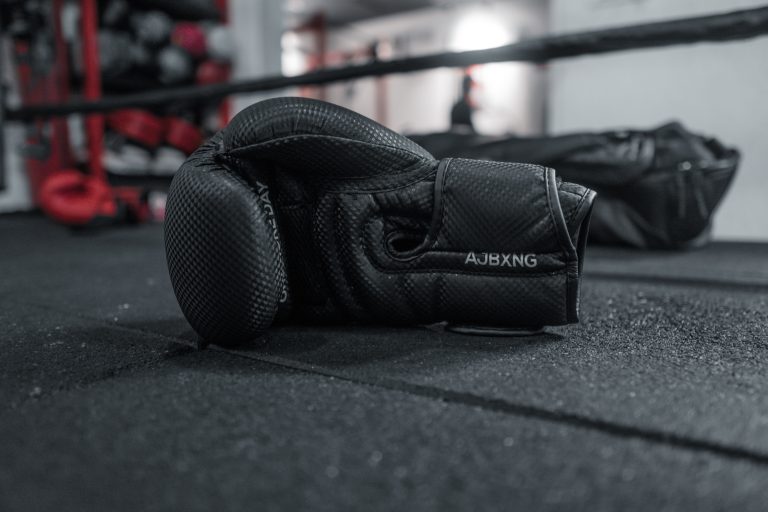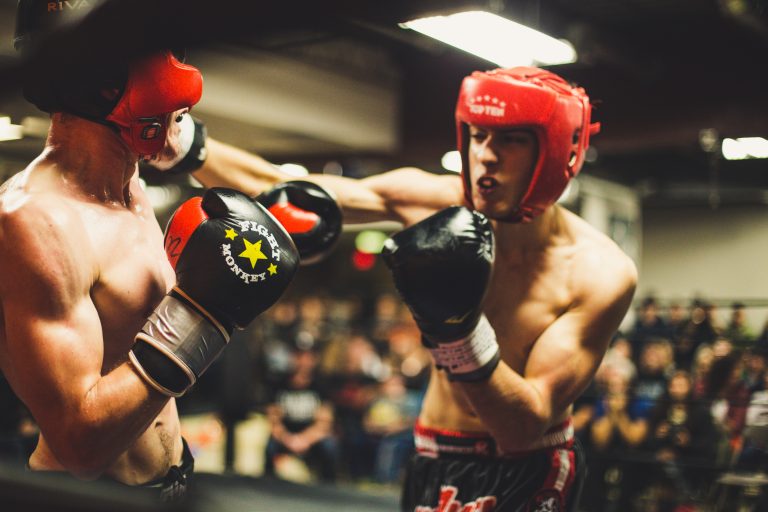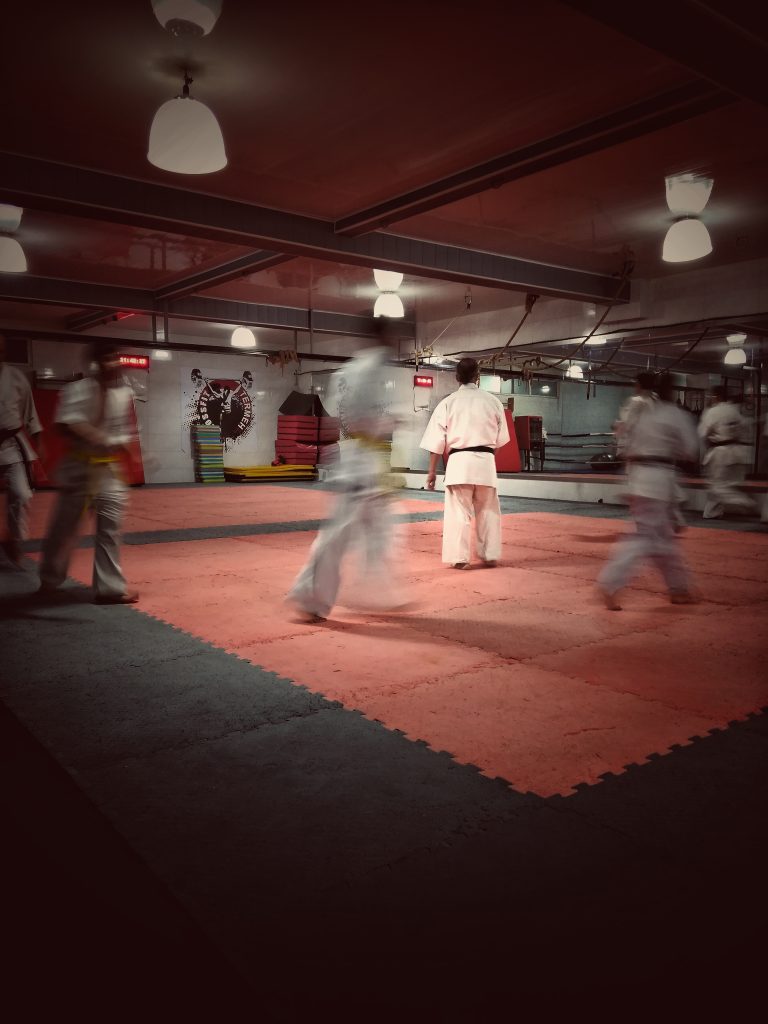The 10 Best Karate Techniques for Quick Self-defense
Karate is a popular martial art with a focus on self-defense. Karate emphasizes precision, timing, and mind-body coordination. It teaches practitioners various techniques to defend themselves from any physical attack. In this blog post, we’ll be discussing the top ten karate techniques for quick self-defense.
1. The Front Kick (Mae Geri)
The front kick is a basic move that everyone should master. It involves lifting your knee and using your foot to kick your opponent’s body or face. The front kick is quick and powerful, ideal for creating distance between you and your attacker.
2. The Side Kick (Yoko Geri)
The sidekick is another basic technique with incredible force, especially if you aim at an attacker’s knee, hip or ribcage. It involves raising your knee then kicking from the side with the heel of your foot.
3. The Roundhouse Kick (Mawashi Geri)
A roundhouse kick can be lethal. It involves starting with a regular front kick, but instead of retracting your leg, you sweep your leg horizontally to the front or back to strike your opponent’s face, neck or chest.
4. The Elbow Strike (Empi Uchi)
The elbow strike is one of the most versatile attacks in karate. It is used to attack an attacker’s face, chest or ribs with the pointy end of your elbow.
5. The Hammer Fist Strike (Tetsui Uchi)
The hammer fist strike involves striking your opponent with the bottom of your fist with a bent elbow. This blow is best aimed at the ear, temple, or collarbone.
6. The Knee Strike (Hiza-Geri)
The knee strike is fast and powerful. It involves pulling your opponent’s head down quickly with your hands, then lifting your knee up to strike their face or chest.
7. The Backfist Strike (Uraken Uchi)
The backfist strike involves striking with the back of your hand. You hit the attacker’s temple or nose with a straight arm, aiming for the bridge of their nose.
8. The Chop Strike (Shuto Uchi)
The chop strike is also known as the knife-hand strike. It involves striking the attacker’s neck or throat at a sharp angle using the side of your hand.
9. The Headbutt (Tate Zutsuki)
The headbutt is a last-resort technique to use when an attacker gets too close. It involves striking your attacker’s face with your forehead by quickly hitting back and forth to their face or nose.
10. The Block (Uke)
Blocking is crucial to self-defense, saved for last because it deals specifically with defending yourself from an opponent’s attacks. In karate, there are several types of blocks: the high block, low block, inside block and outside block. All of these blocks are created to protect you against kicks or attacks targeting the head or body.
Conclusion
Karate is an excellent discipline to learn for self-defense. It requires dedication and practice, but it will help you learn how to protect yourself should you find yourself in a dangerous situation. By mastering these ten techniques, you’ll have an arsenal of powerful moves to help keep yourself safe. Remember: it’s always better to avoid a dangerous situation altogether, but if you do find yourself in one, these ten techniques could make all the difference.
The 10 Best Karate Techniques for Quick Self-defense: Frequently Asked Questions
Karate is a martial art that emphasizes using your fists, knees, and elbows to defend yourself. The techniques used in Karate are designed to be quick and effective, making it an ideal choice for self-defense. In this article, we will answer some of the most frequently asked questions about the ten best Karate techniques for quick self-defense.
1. What are the top 10 Karate techniques for self-defense?
The top 10 Karate techniques for self-defense are:
- Straight Punch
- Front Kick
- Roundhouse Kick
- Side Kick
- Jab/Cross Combination
- Elbow Strike
- Backfist Strike
- Inside/Outside Leg Kick
- Hammerfist Strike
- Knee Strike
2. How do you perform a straight punch?
A straight punch is performed by extending your arm straight out from your shoulder and pushing your fist towards your target. The punch should be quick and delivered with force. Aim for the chin, nose or solar plexus to maximize its impact.
3. How do you perform a front kick?
A front kick is performed by stepping forward with one foot and raising your knee. Extend your foot forward and kick your target with the ball of your foot. This kick can be aimed towards your assailant’s abdomen or chest.
4. How do you perform a roundhouse kick?
A roundhouse kick is performed by turning your hips and pivoting on your back leg. Swing your front leg around and kick your target with the top of your foot. This kick can be aimed towards your assailant’s head or ribs.
5. How do you perform a side kick?
A side kick is performed by stepping to the side and raising your knee. Extend your foot to the side and kick your target with the heel of your foot. This kick is powerful and can be aimed towards your attacker’s knee, or chest.
6. How do you perform a jab/cross combination?
A jab/cross combination is performed by a quick jab with the leading hand followed by a powerful cross with the rear hand, making sure to come back to the guard position between each punch. The jab can be aimed towards your assailant’s face, while the cross can hit the jaw, temple or nose.
7. How do you perform an elbow strike?
An elbow strike is performed by using the point of your elbow to strike your attackers face or chin. Keep your wrist straight and ensure you protect your head while executing the strike.
8. How do you perform a backfist strike?
A backfist strike is performed by twisting your body and extending your arm backwards. Strike your assailant with the back of your fist which is closer to your thumb. This strike can be aimed towards the nose, temple or the solar plexus.
9. How do you perform an inside/outside leg kick?
An inside/outside leg kick is performed by extending your leg outward and kicking your target with the inside or outside of your foot.. This kick can be aimed towards your attacker’s knee or shin.
10. How do you perform a knee strike?
A knee strike is performed by raising your knee and striking your attacker with your knee joint. Ensure your shin bone is perpendicular to the ground to generate maximum power. This strike can be aimed towards your attacker’s lower abdomen or thigh.
Conclusion
Karate techniques are an effective way to protect yourself from attackers. Practice these techniques regularly to ensure that you can perform them quickly and instinctively. Remember, the best way to defend yourself is to be aware of your surroundings, avoid dangerous situations in the first place and talk to professionals on self-defense.
Inhaltsverzeichnis






